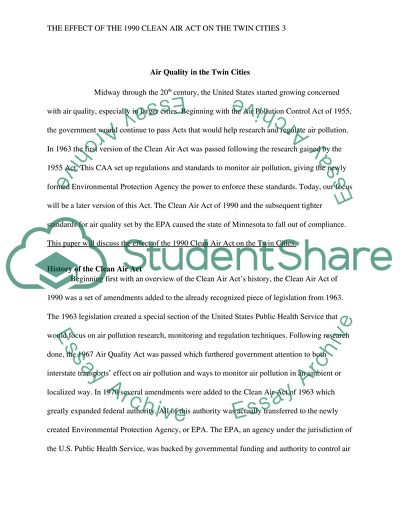Cite this document
(“The effect on the 1990 Clean Air Act on the Twin Cities Research Paper”, n.d.)
Retrieved from https://studentshare.org/geography/1477568-the-effect-on-the
Retrieved from https://studentshare.org/geography/1477568-the-effect-on-the
(The Effect on the 1990 Clean Air Act on the Twin Cities Research Paper)
https://studentshare.org/geography/1477568-the-effect-on-the.
https://studentshare.org/geography/1477568-the-effect-on-the.
“The Effect on the 1990 Clean Air Act on the Twin Cities Research Paper”, n.d. https://studentshare.org/geography/1477568-the-effect-on-the.


